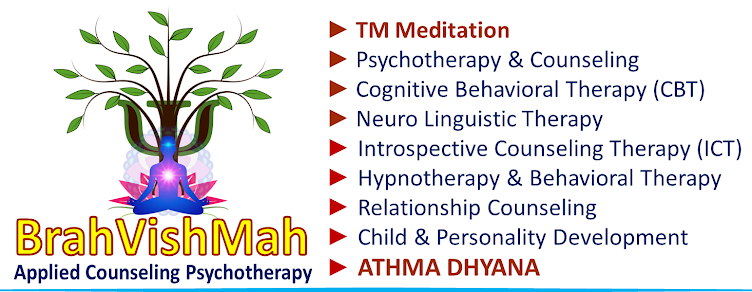Bipolar disorder is characterized by periods of deep, prolonged, and profound depression that alternate with periods of an excessively elevated or irritable mood known as mania. It is a chronic and complex disorder of mood that is characterized by a combination of manic (bipolar mania), hypomanic and depressive (bipolar depression) episodes, with substantial subsyndromal symptoms that commonly present between major mood episodes.
During mania, an individual behaves or feels abnormally energetic, happy, or irritable, and they often make impulsive decisions with little regard for the consequences. There is usually also a reduced need for sleep during manic phases. During periods of depression, the individual may experience crying and have a negative outlook on life and poor eye contact with others. The risk of suicide is high; over a period of 20 years, 6% of those with bipolar disorder died by suicide, while 30–40% engaged in self-harm
Types of Bipolar Disorder
1) Bipolar I disorder involves periods of severe mood episodes from mania to depression. The necessary feature of bipolar 1 disorder involves the occurrence of at least one lifetime manic episode, although depressive episodes are common
2) Bipolar 2 disorder needs the occurrence of at least one hypomanic episode and one major depressive episode
3) Cyclothymic disorder describes brief periods of hypomanic symptoms alternating with brief periods of depressive symptoms that are not as extensive or as long-lasting as seen in full hypomanic episodes or full depressive episodes
Symptoms
1) Feeling happy or excited, even if things are not going well for you,
2) Being full of new and exciting ideas,
3) Moving quickly from one idea to another,
4) Hearing voices that other people can’t hear,
5) Being more irritable than normal,
6) Feeling much better about yourself than usual,
7) Talking very quickly, jumping from one idea to another, racing thoughts,
8) Being easily distracted and struggle to focus on one topic,
9) Not being able to sleep, or feel that you don’t want to sleep,
10) Thinking you can do much more than you actually can,
11) Make unusual, or big decisions without thinking them through, and
12) Do things you normally wouldn’t which can cause problems
Causes of Bipolar Disorder
1) Genetic Factors: The risk of bipolar disorder is 10-25% when one parent has a mood disorder. Twin studies have shown 70-90% concordance rates in monozygotic twins. Chromosomes 18q and 22q have the strongest evidence for linkage to bipolar disorder
2) Neuroanatomy: The prefrontal cortex, anterior cingulate cortex, hippocampus, and amygdala are important areas for emotion regulation, conditioning of responses, and behavior response to stimuli
3) Biogenic Amines: Dysregulation of neurotransmitters that have been implicated in this disorder include dopamine, serotonin, and norepinephrine, however, the data have yet to converge to unveil a valid association
4) Hormone Regulation Imbalance: Adrenocortical hyperactivity is observed in mania. Chronic stress decreases neurokinin brain-derived neurotrophic factor (BDNF), which impairs neurogenesis and neuroplasticity
Treatment
1) The medicines are most often used for making your mood more stable and for helping with depression (anti-depressants). They can also be used to help you sleep. Finding the right medication can be a matter of trial and error. There is no way to predict exactly how medicines will affect the patients.
2) Psychotherapy, or mindfulness therapy or Cognitive Behavioral Therapy – CBT can be an important part of treatment for bipolar
3) Most
counselling and talking therapies are brief and focused on your current
thoughts, feelings and life issues. Focusing on the past can help explain
things in your life, but focusing on the present can help you cope with the
present and prepare for the future





No comments:
Post a Comment